 Command-Aire NC925E
Command-Aire NC925E
Entry Category: Businesses - Starting with C
 Command-Aire NC925E
Command-Aire NC925E
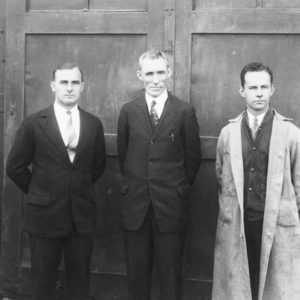 Command-Aire Personnel
Command-Aire Personnel
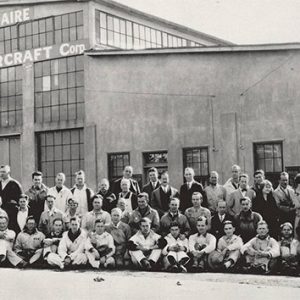 Command-Aire Staff
Command-Aire Staff
 Company Locomotive
Company Locomotive
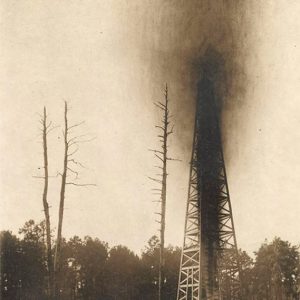 Constantin Gusher
Constantin Gusher
 Conway Laundry
Conway Laundry
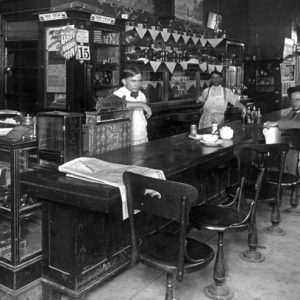 Corner Cafe
Corner Cafe
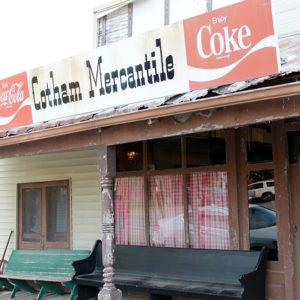 Cotham's Mercantile
Cotham's Mercantile
Cotham’s Mercantile
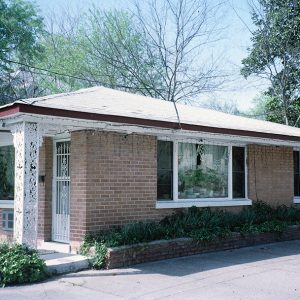 Cottage Courts Unit
Cottage Courts Unit
 Cottage Courts Historic District
Cottage Courts Historic District
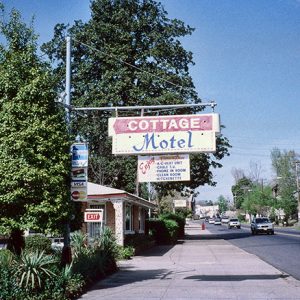 Cottage Courts Historic District
Cottage Courts Historic District
Cottage Courts Historic District
 Cotton Oil Plant
Cotton Oil Plant
Courier-Index (Marianna)
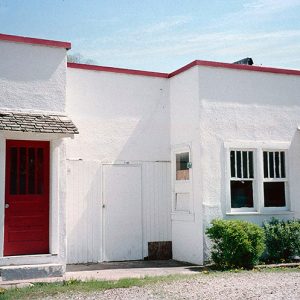 Cove Tourist Court
Cove Tourist Court
Cove Tourist Court
Cowie Wine Cellars
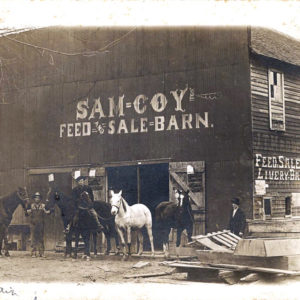 Coy Feed and Sale Barn
Coy Feed and Sale Barn
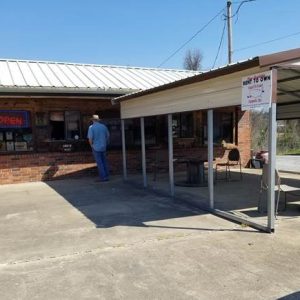 Craig's Bar-B-Q
Craig's Bar-B-Q
 Craig's Bar-B-Q Ad
Craig's Bar-B-Q Ad
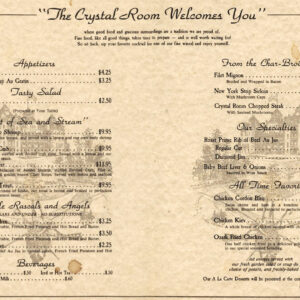 Crescent Hotel Menu
Crescent Hotel Menu
 Crittenden Lumber Co.
Crittenden Lumber Co.
Cromwell Architects Engineers, Inc.
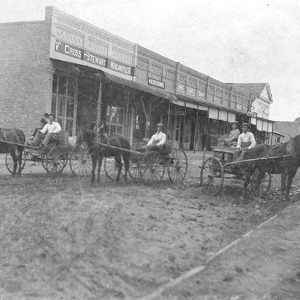 Cross Stewart Mercantile
Cross Stewart Mercantile
Crossett Lumber Company
 Crossett Mill
Crossett Mill
 Crossett Strike
Crossett Strike
Crystal Bathhouse
 Crystal River Tourist Court
Crystal River Tourist Court
Crystal River Tourist Camp Historic District
aka: Crystal River Tourist Court
aka: Crystal River Cave and Court
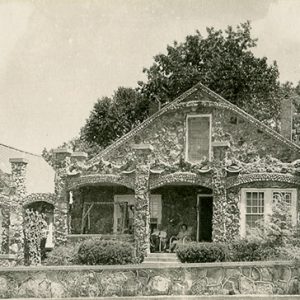 Crystal River Tourist Court
Crystal River Tourist Court




